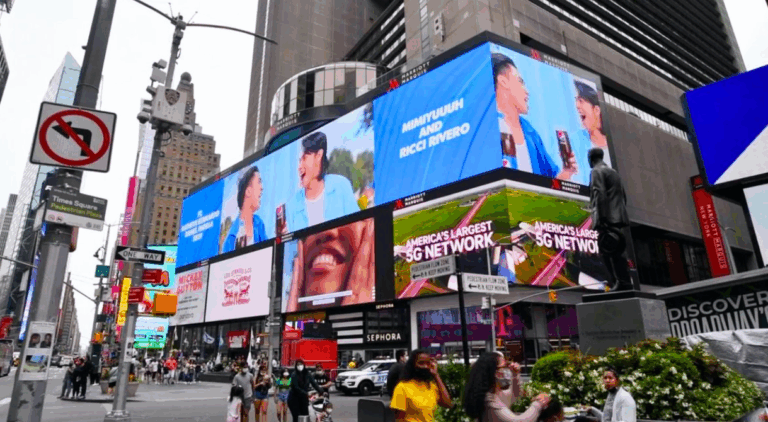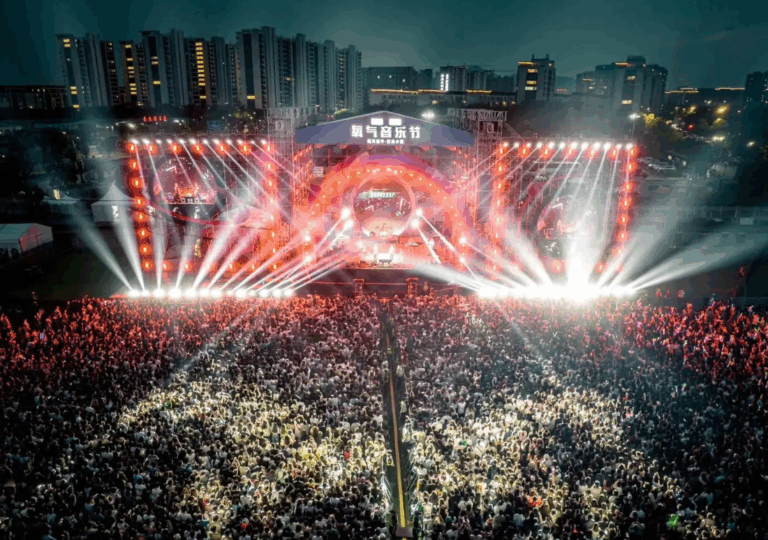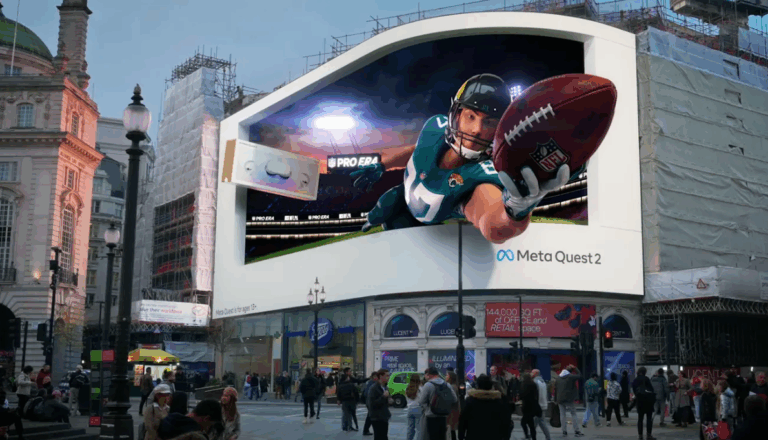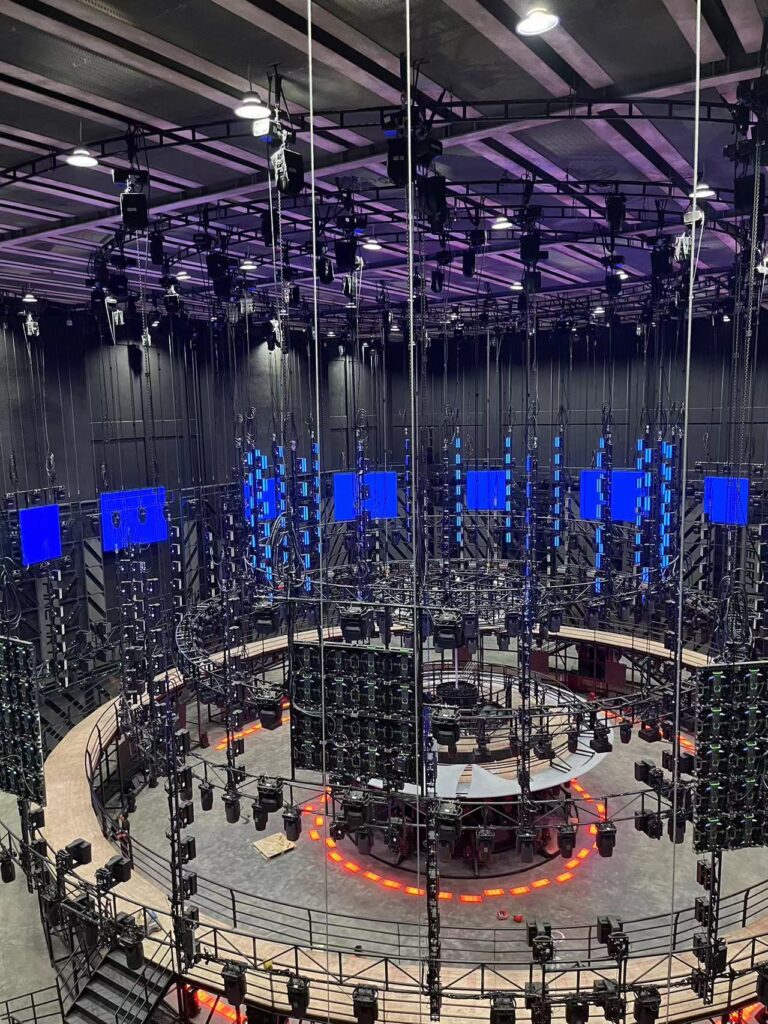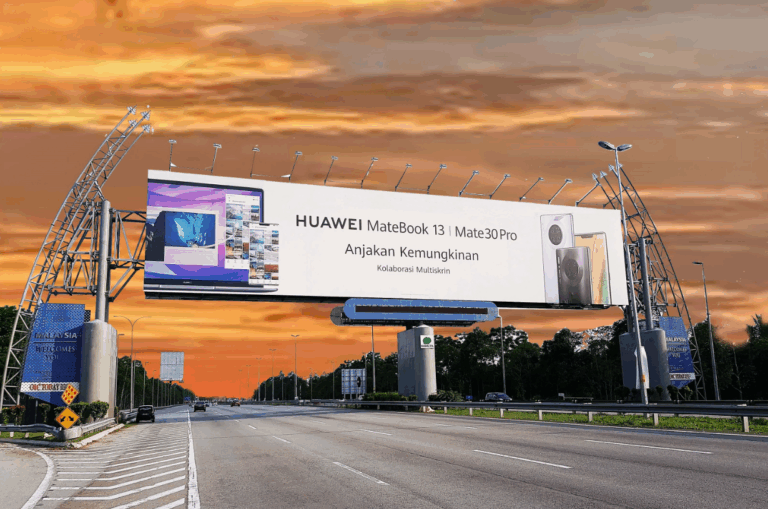Table of Contents
What is LED Rental Screen?
Differences Between Indoor and Outdoor LED Rentals
What is LED Rental Screen?
An LED rental screen is a specialized LED display used for stage performances and cultural events, primarily available for rental. As a customized display screen with a die-cast aluminum housing, LED rental screens are lightweight, thin, heat-resistant, and stable, suitable for various environments. They are easy to install and dismantle, facilitating transportation and handling. This rental method allows users to use LED displays for specific time periods without the need to purchase equipment. For pricing information on LED stage rentals.
LED rental screens typically cover various types of LED displays, including indoor LED rental screens and outdoor LED rental screens, catering to different venues and requirements. These screens can range from small-pitch LED screens to large outdoor LED advertising displays, depending on the user’s event type and environment.

Differences Between Indoor and Outdoor LED Rentals
Model
Indoor LED Rentals: Due to high requirements for stage aesthetics and display clarity, indoor environments often use high-definition screens such as P3, P4, or even smaller pitch models like P2.5 and P2.5. Learn about the pricing of P2.5 LED displays.
Outdoor LED Rentals: For outdoor viewing at a distance or lower display requirements, outdoor LED rentals generally use P5 or P4 models. The most common for outdoor use is P10, followed by P16. Find out the cost of P10 LED displays.
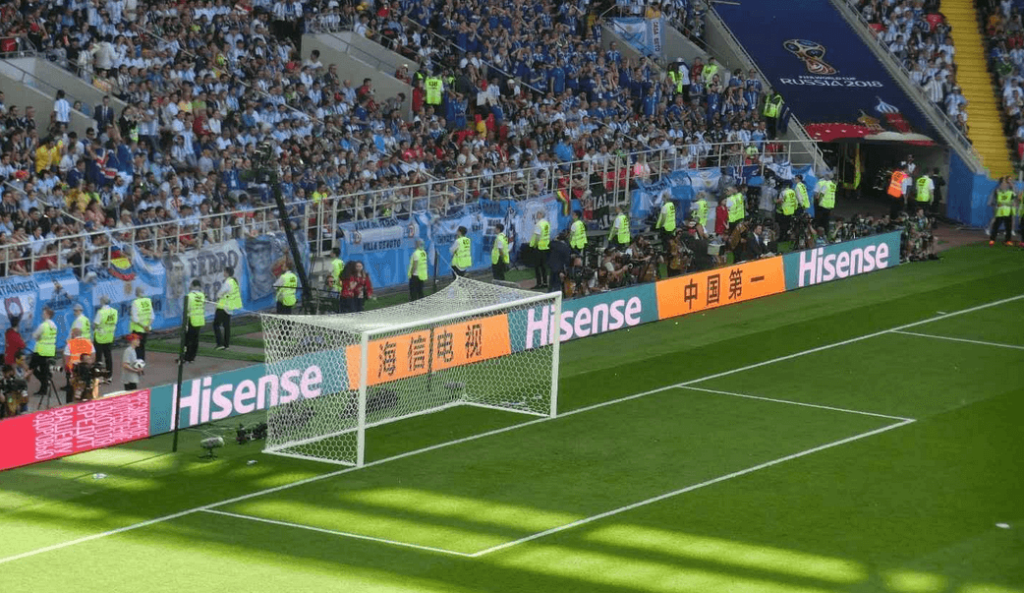
Housing Design
Indoor LED Rentals: Indoor LED rentals use simplified LED housings, often made of die-cast aluminum for easy assembly and disassembly, stability, and suitability for events like concerts and stage performances.
Outdoor LED Rentals: Outdoor LED display housings undergo waterproof treatment and are generally heavier for better durability.
Power Consumption and Heat Dissipation
Indoor LED Rentals: Indoor rentals have relatively lower requirements for power consumption and heat dissipation, typically employing low-power designs.
Outdoor LED Rentals: Due to the need to operate in harsh weather conditions, outdoor LED rentals may require more robust heat dissipation systems and higher power consumption.
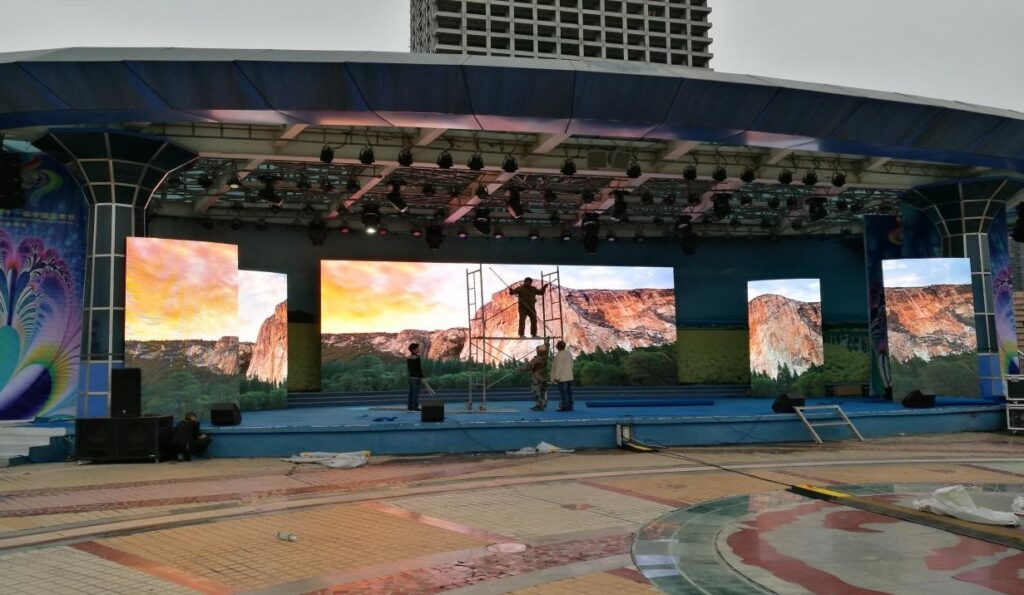
Brightness and Visibility
Indoor LED Rentals: Lower brightness requirements, as indoor lighting conditions are generally stable. However, visibility under bright lighting conditions is still crucial.
Outdoor LED Rentals: Higher brightness is necessary to cope with outdoor high-light conditions such as direct sunlight and backlight, ensuring clear visibility.
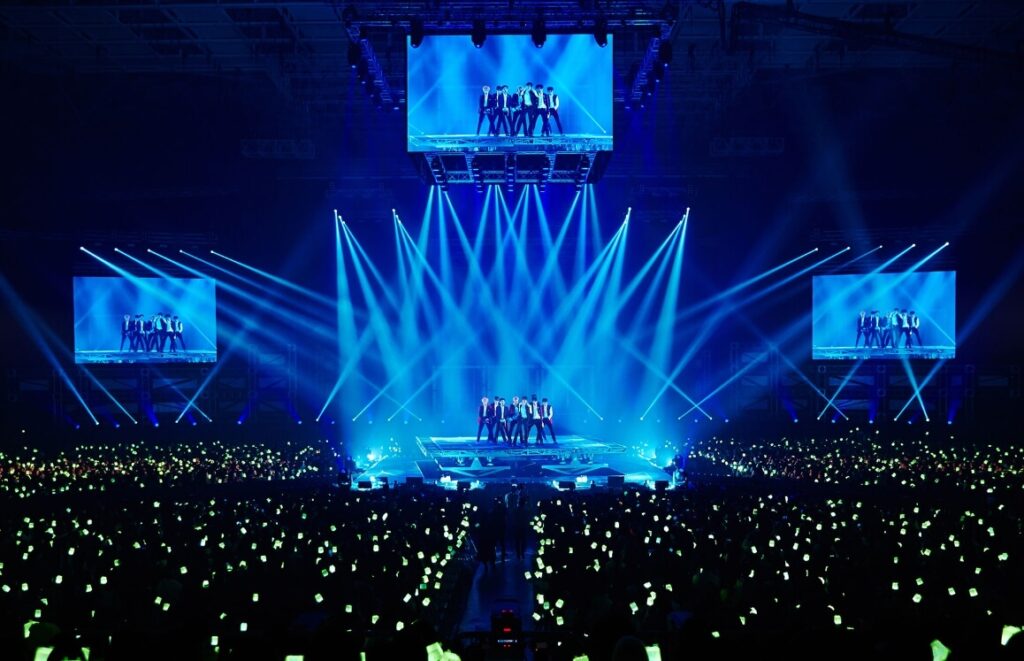
Protection Grade and Weather Resistance
Indoor LED Rentals: Usually, lower protection grades are sufficient for indoor environments, but considerations like dust protection and anti-static properties are still important.
Outdoor LED Rentals: Must have higher protection grades to withstand outdoor challenges, including waterproofing, sun protection, and resistance to wind erosion. Outdoor LED screens typically have stronger weather resistance, ensuring normal operation in various weather conditions.
Cost
Indoor LED Rentals: Generally more cost-effective due to lower technical specifications and requirements.
Outdoor LED Rentals: Costs are usually higher due to the need for higher protection, brightness, and weather resistance.
In conclusion, when choosing an LED rental solution, it’s essential to understand these differences based on the usage scenario and requirements to ensure the selected LED screen performs optimally in a specific environment.

